Interview with Professor Kouhei Ohnishi
Possibilities of "haptic" technology that go beyond fields
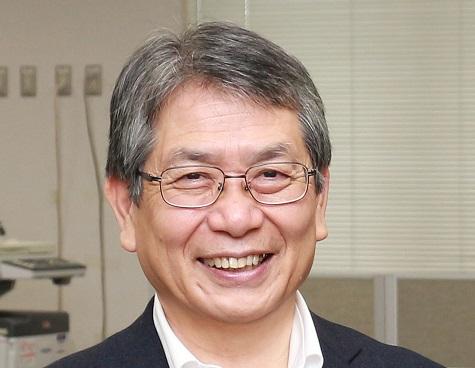
Kouhei Ohnishi (Keio University Global Research Institute (KGRI) Project Professor)
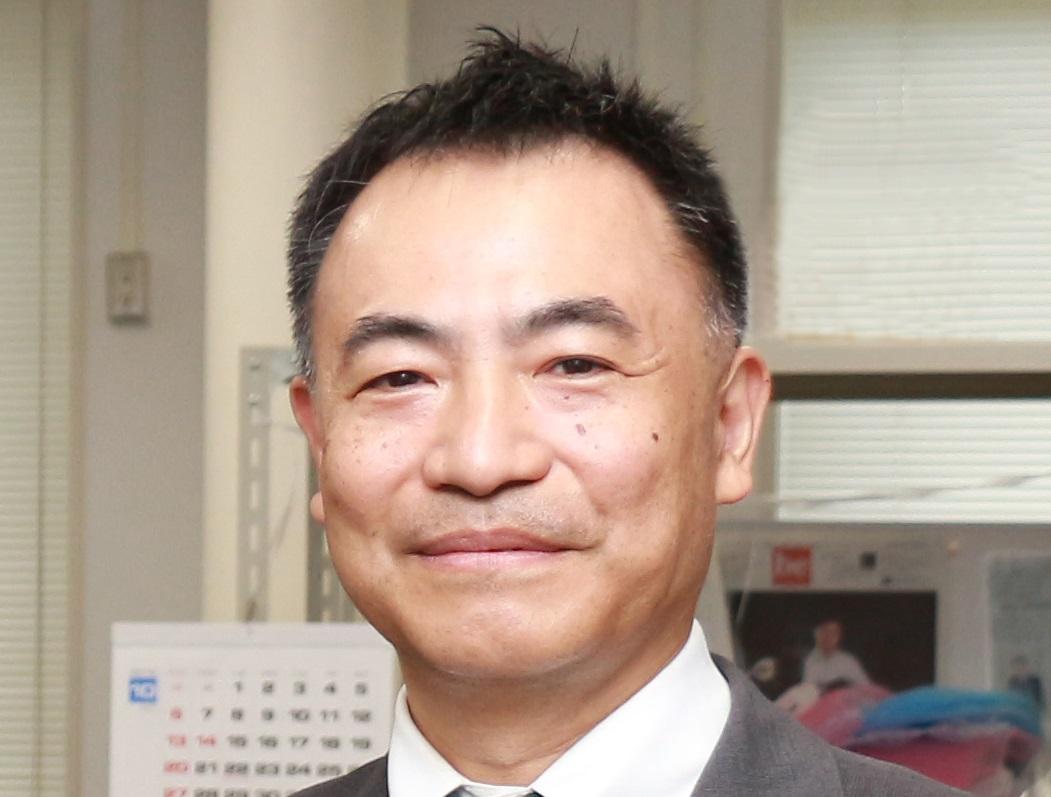
Interviewer Masato Yasui (Director of KGRI; Professor, School of Medicine)
Commitment to a technology that made what "can't be done" possible
Yasui:First of all, congratulations on receiving the Fujihara Award. On this occasion, I would like to hear about your research, but what should I ask you first?
Ohnishi:As people say, "seeing is better than hearing," so how about touching the real thing before we begin talking?
---Experiencing the actual machines in the laboratory---
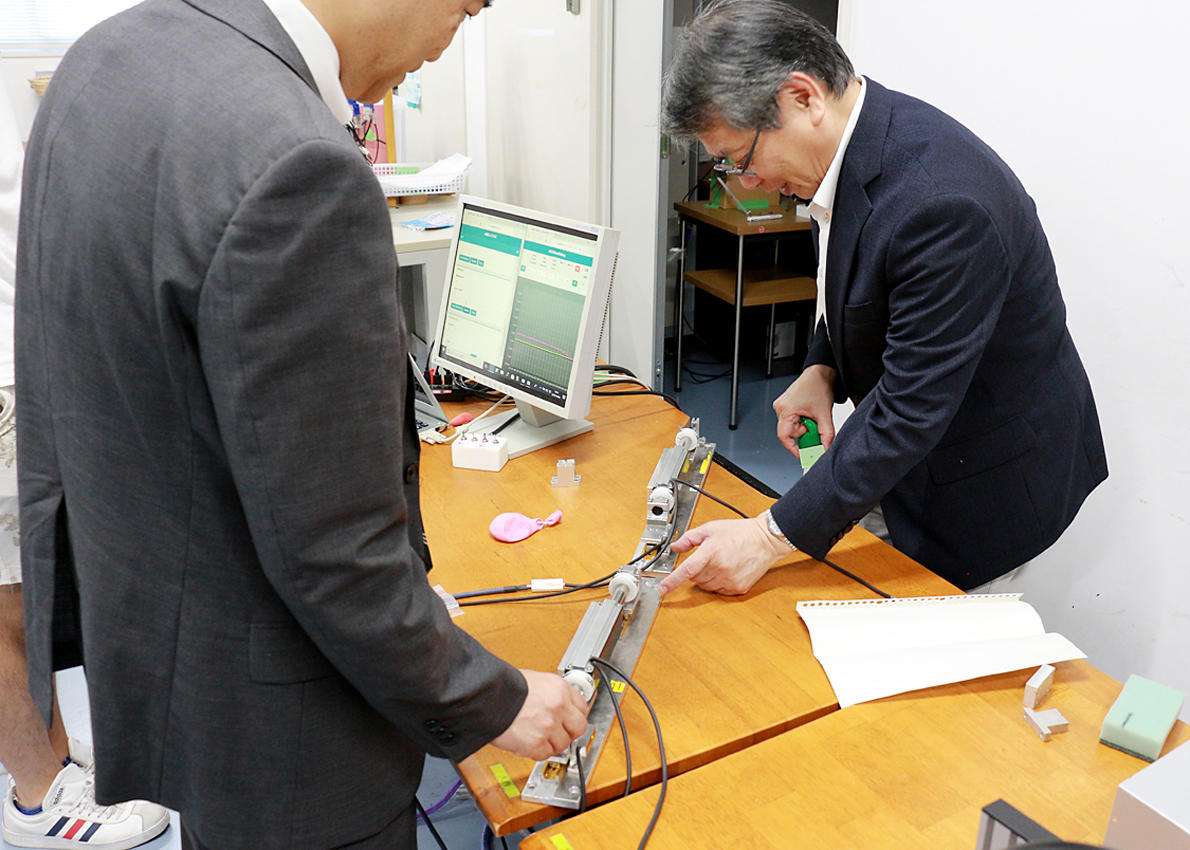
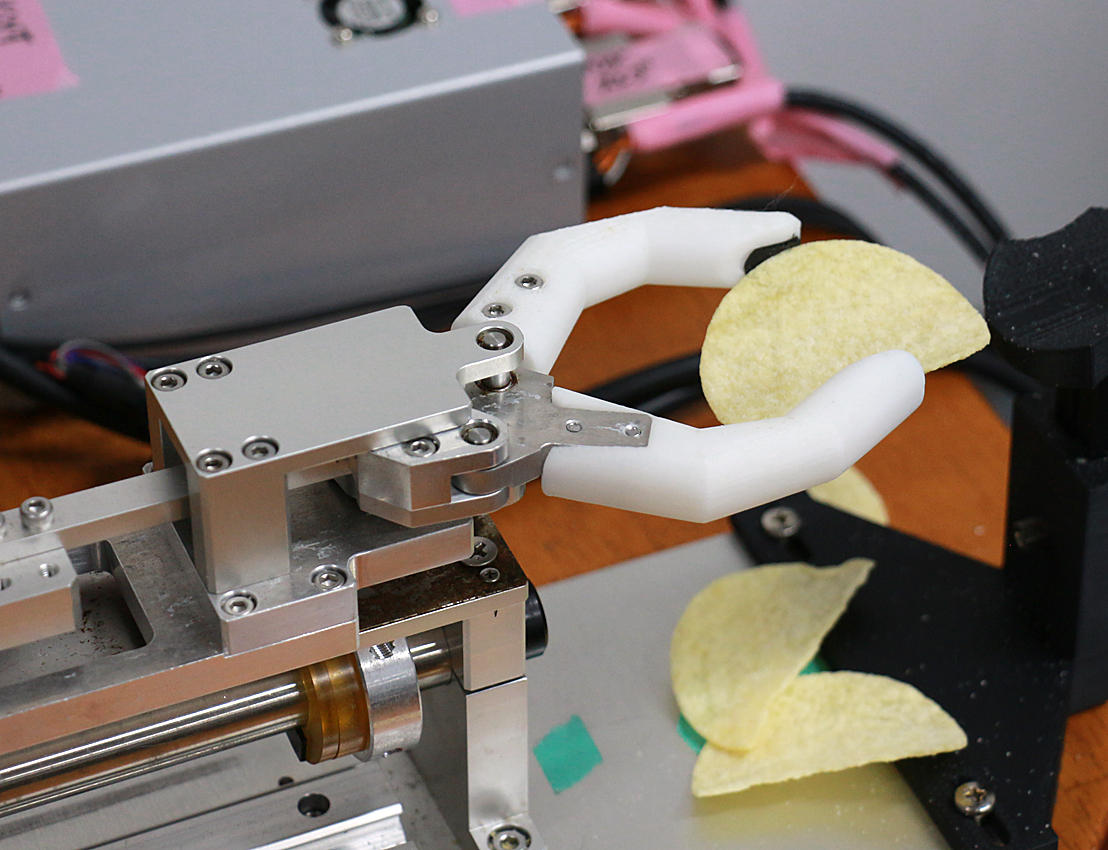
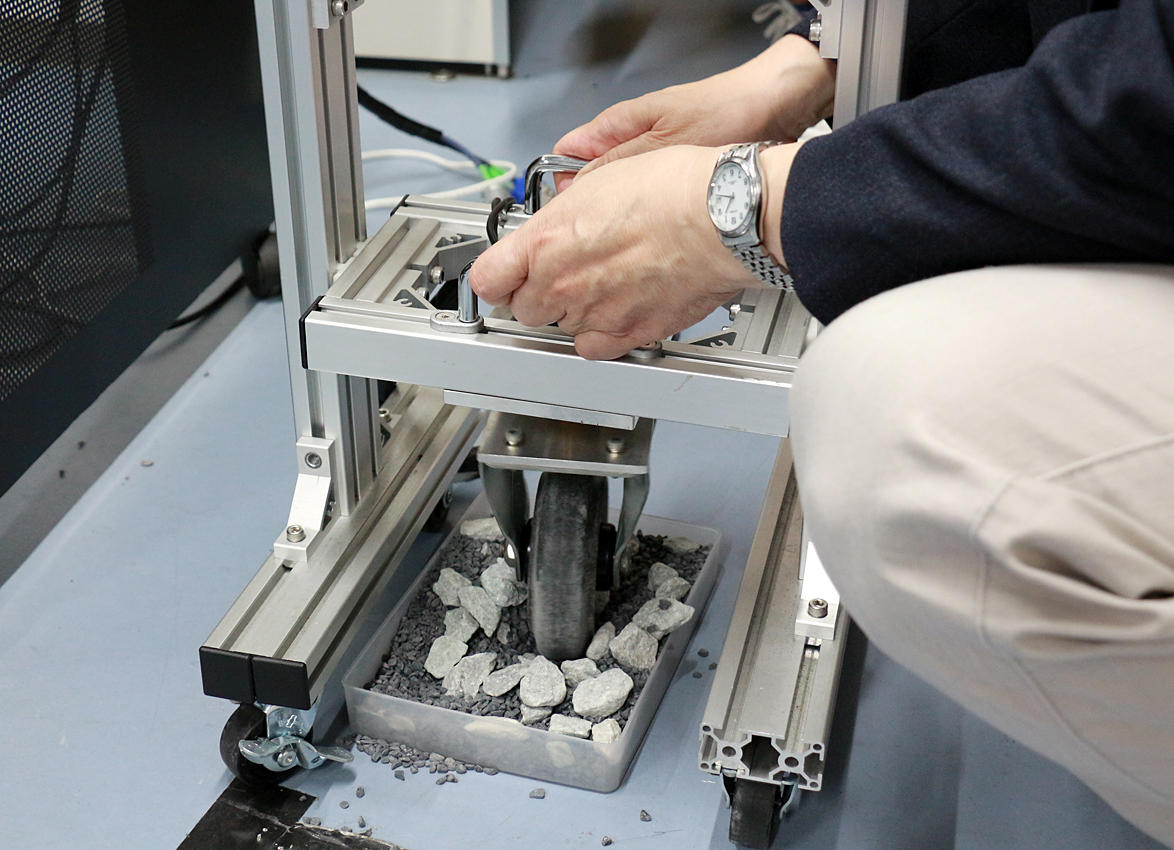
Yasui:This is a very interesting experience. I am also a pediatrician, and one thing I look at during health checks for young infants is "walking." To learn to walk, children go through a repeated process of trial and error based on the stimuli that return to the brain from the body through moving day in and day out. From here, haptic sensations such as force and touch develop in the cerebellum, and it is likely that the exchange of stimuli I just experienced is performed every day.
Ohnishi:The word "haptic" is derived from the Greek word for "touch." The term has been used in research from around 1950, but it was originally used to mean "communicating feelings through physical contact," such as when reassuring children by patting their heads or giving them a hug. After 1980, the context of its use began to change to mean artificially communicating force and touch, or haptic sensations, and reached a peak around 2000 with the boom in robotics.
Yasui: At that time, a variety of robots were being created.
Ohnishi:However, there are repeatedly failures in research on haptic sensations. Furthermore, there were claims that it may not even be theoretically possible, and general interest in the field declined. But we weren't even aware of this, and quietly went about our business considering ways to exchange haptic sensations as cheaply as possible. In the end, it was in 2002 that we finally succeeded through the precise use of calculations that as far as possible didn't relying on sensors.
Yasui:That was around the time when you started to think "it can't be done."
Ohnishi:Strictly speaking, the claim that "it can't be done" is not mistaken. We are not exactly doing it now. For haptic sensations to be transmitted in a true sense, force and speed must match exactly in terms of time, but regardless of what is done, there is always going to be a fundamental lag. In our case though, there is only a delay in speed of several 10,000ths of a second. This level of lag cannot be felt by people so there is no problem in reality.
Yasui:For the user, it is important that the haptic sensations that come back to the body are almost the same as the feelings we would normally get. This is especially true for craftspeople who rely heavily on their senses.
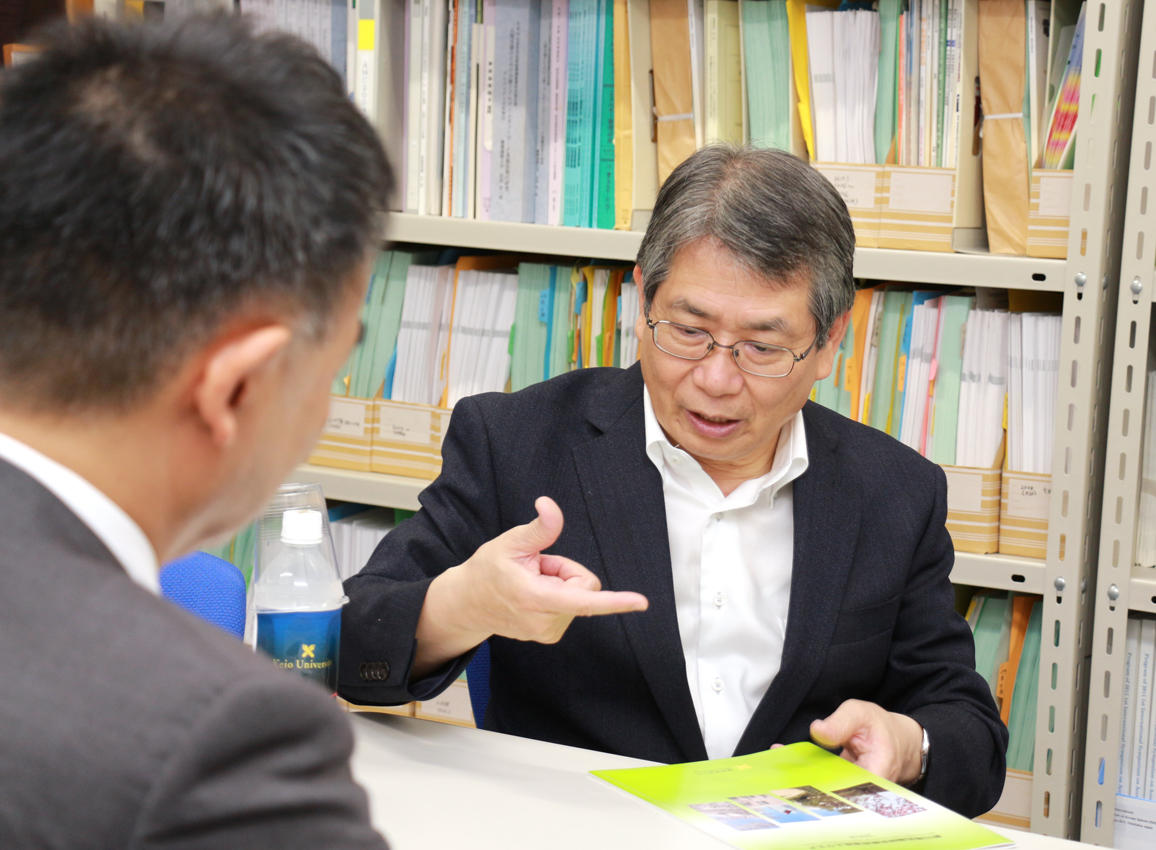
Ohnishi:This technology didn't exist anywhere else before and was something that no one had ever attempted. Overseas research teams also come to visit us. People have commented, "It's strange, there must be a sensor somewhere." With a very compact system, we have achieved a level of accuracy that makes people doubt it is even possible.
Technology that "quantifies" human skills
Yasui:By using this device, haptic sensations can be quantified, and it would be interesting to see if the learning process of the human cerebellum, such as children learning to walk or language acquisition that perfects the use of the tongue and lips, can be expressed through this device.
Ohnishi:In fact, there is data for a resident, mid-career, and veteran doctor performing blood vessel anastomosis during surgery, and the data obtained were completely different. The force used by the veteran doctor to tighten the thread at the end was always 0.1 N, but it varied for the resident. Also, when loosening the pulling force of the thread, the veteran doctor didn't loosen the thread at all, but with the resident, the thread became loose. By looking at these data, you can see improvements in skill level and what it is the resident has to do to get better.
Yasui:This technology can also be applied to BMI (brain-machine interface). It is very difficult for adults to repair the circuits of the body and brain once they are fully developed. This is a major hurdle for rehabilitation, but this technology will likely help people learn faster and more reliably.
Ohnishi:Since our device can also communicate haptic sensations sharply or bluntly, I think that there is a future for its adoption in fields such as medical care and welfare in addition to industry. For example, it is very difficult to lift people who have developed bedsores from a bed. However, with a sensitive haptic robot, it is possible to lift them without coming into contact with the areas affected by bedsores while leaving sensation intact. With a robot, you can easily change materials. You can replace parts, which we call modules, changing the shape as required as many times as you need. You can increase the number of hands to 3 or 5, and have 20 fingers if you want.
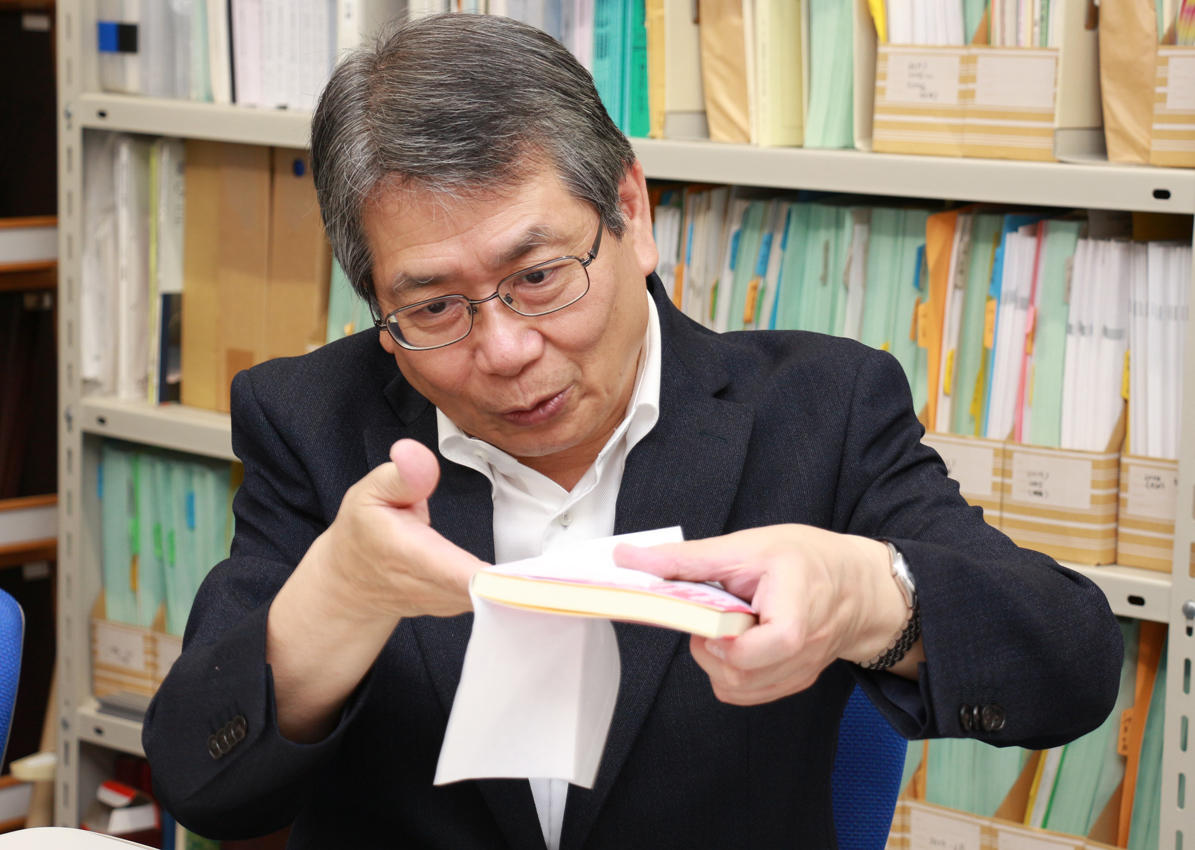
Yasui::A hard robot with a diversity of uses can still feel soft. If so, then it seems likely that robots to which craftsmanship can be passed on will be developed soon.
Ohnishi:The "printmaker" of woodblock prints is a hot topic when talking about traditional skills. I have heard that it is very difficult to adjust the amount of force to apply when using a baren, a tool for burnishing. Since all such data from craftspeople can also be collected, it is possible to preserve the sensations of craftspeople as numerical values. It even becomes possible to transfer mastery of traditional skills to robots, and from there, people can also be trained.
Yasui:It seems that this could also be applied to strength training. It may be possible to easily and safely create training programs personalized for individual traits.
I understand that at the current stage, the basic part of your research is almost complete, but can it be said that you are entering the phase of deploying its application to various fields in the future?
Ohnishi:Tasks dependent on an individual, or those that can "only be done by this person," are bottlenecks in various fields of work. This may be particularly prominent at the work sites of primary and secondary industries. If hardships such as the time it takes to learn skills, the work being tough, and wages not increasing accumulate, the number of people who learn the trade will decrease and these skills will eventually disappear. I hear that the number of companies that go out of business because they can no longer produce products even though they still receive orders is by no means insignificant. In response to these challenges, I think that the use of our technology to digitally preserve these skills is now on the horizon.
Yasui:Not being able to pass on valuable traditional skills is a problem both from the side of industry and culture.
Ohnishi:It is said that there will be a shortage of 30 million workers in the economy in 2050. This means that if you replace "1 person" with "1 robot," there will be a need for 30 million robots. Today, there are 30 million light motor vehicles in our society. In other words, if you can buy a highly versatile robot whose parts can be changed with various modules, like an electric screwdriver, for about 1 million yen, it wouldn't be surprising if everyone started to use one. With our technology, the price wouldn't be a problem. There are no sensors and costs can be kept within limits, so having one per household in not a pipe dream.
Yasui:It's range of applications is also wide, so it seems that you can have great expectations for the roles it could play.
Ohnishi:The transmission of sound became possible for the first time when Bell invented the telephone in the 19th century. The television and the transmission of images was invented in the 20th century, and finally, in the 21st century, we have developed a way to transmit haptic sensations. The telephone and television both play an important role in society today, so even though haptic technology is currently only at an elementary stage, I am looking forward to seeing what kind of market it will have in 20 or 30 years, as well as the role it will play.
Make your "likes" your weapon and proceed
Yasui:While life becomes more convenient and everybody starts to reap the benefits, how would you address the concerns people have about the possibility of the reduction of human abilities?
Ohnishi:This is something I am also worried about. However, how about thinking about it in this way? For example, let's say you have a robot that thins out tomato branches. If it can figure out a good way to do this, the tomatoes will grow very well. You can use this know-how to set up your own business. You get the opportunity to turn actions and abilities into a business. I think that society will become one in which people who can be creative, original, and think hard about things will be rewarded.
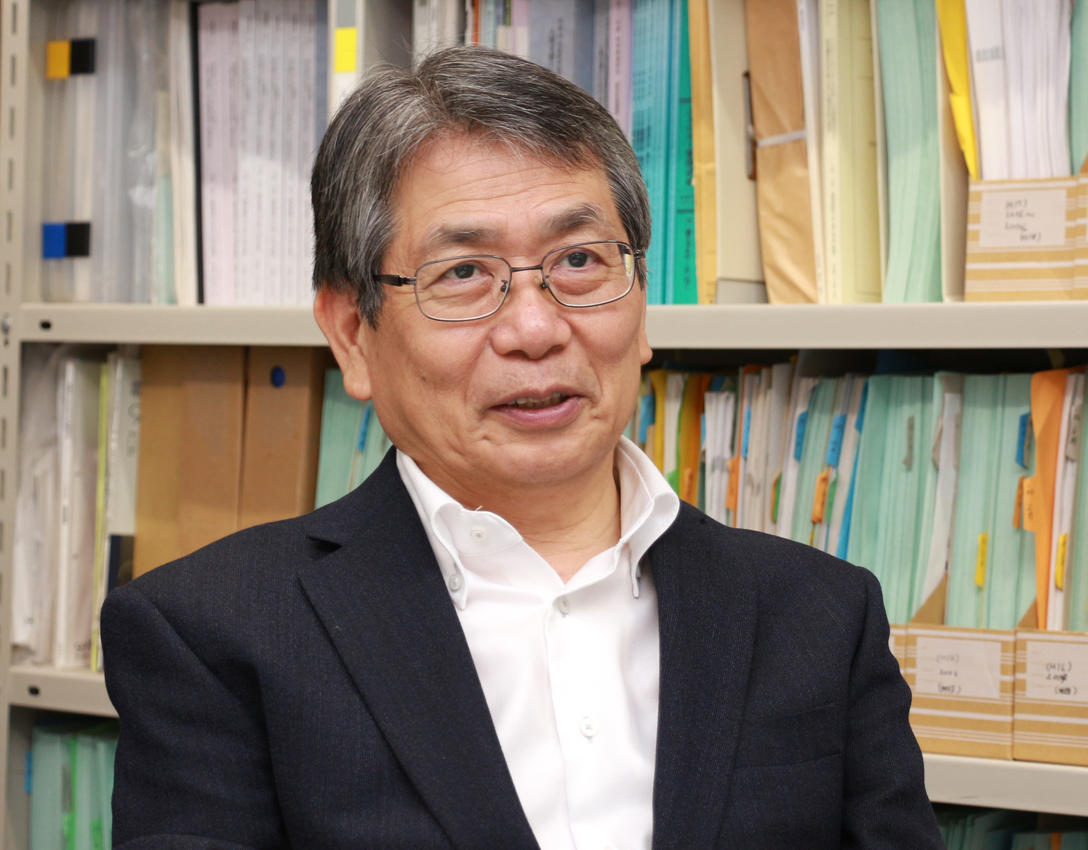
Yasui:People will not progress if they stop being creative. What you are saying is that people who continue to look forward and think with their own heads will be rewarded. However, how would you address the concerns that as technologies such as AI and robotics that complement the abilities of people progress, humans may be driven away?
Ohnishi:Cultural differences are involved with this. I think comparatively speaking more people in the West, who have a history of fighting things that come from the outside, think this way. On the other hand, in Japan, things that came from abroad have mostly been beneficial, such as rice cultivation and iron culture. We are open to being introduced to new things. Additionally, AI and robots cannot be creative. It can reproduce results of human creativity, but the first idea must come from people. Robots function according to the conditions with which they have been provided, but people may change such conditions themselves.
Yasui:KGRI (Keio University Global Research Institute) was just established with the aim of advancing learning by solving problems while jointly contributing strengths to integrate subdivided fields under the theme of "problems faced by society." You are in the phase of carrying out various collaborative activities. What do you feel is the most important thing to take into these activities?
Ohnishi:Having an "open mind" is important for collaborations to be successful. If you push only your own methodologies onto others, things will not go well. Each academic field has its own history and wisdom, so if we take these into consideration and connect them well with the wisdom and knowledge that we ourselves possess, then we will gradually see paths extending to new fields as well as routes to solving problems. This is something that can only be done at a comprehensive university with a liberal atmosphere. I think that each researcher having an open mind in this environment is the most important thing.
Yasui:I may not have had the opportunity to directly hear your story if I was not involved with KGRI, and even if I had, I may only have imagined joint research in the form of its application to my own area of specialization of medicine and medical care. I am very glad that I had the opportunity today to hear your valuable views from a different perspective. I feel like I got some ideas on what directions KGRI should take in the future. Finally, could you give a message to young students who are planning to get involved with science?
Ohnishi:I originally studied electrical engineering, specializing in generators and motors. They're unrefined and endangered as fields of study. But I became interested in the study of motion control, and this led me to where I am today; however, what I found after I got involved in this area is that "it is pointless to advance without understanding the basics." I'm not the kind of person to look back on the past, but this is what I felt. Therefore, I would like you to always keep close the knowledge and wisdom you have acquired in the past. If you have "something you like," it will certainly serve as a weapon for you to guide your thoughts. With this weapon, march into a new field of study and carry out research to your heart's content. Things today are much more interesting than when I was a student, and the teachers are not overbearing. There are many opportunities for you to grow on your own.
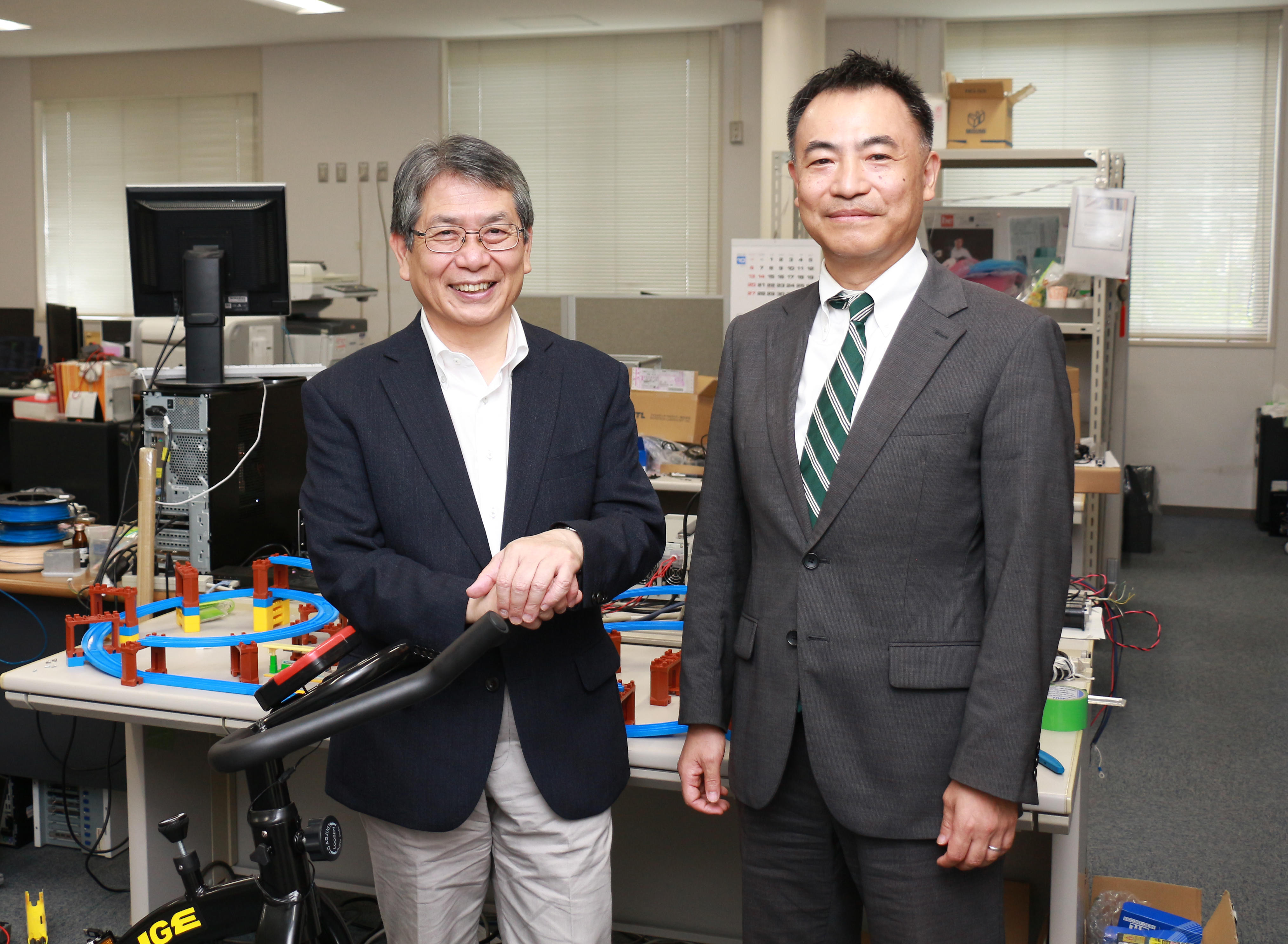
※Affiliations and positions are those at the time of the interview.





